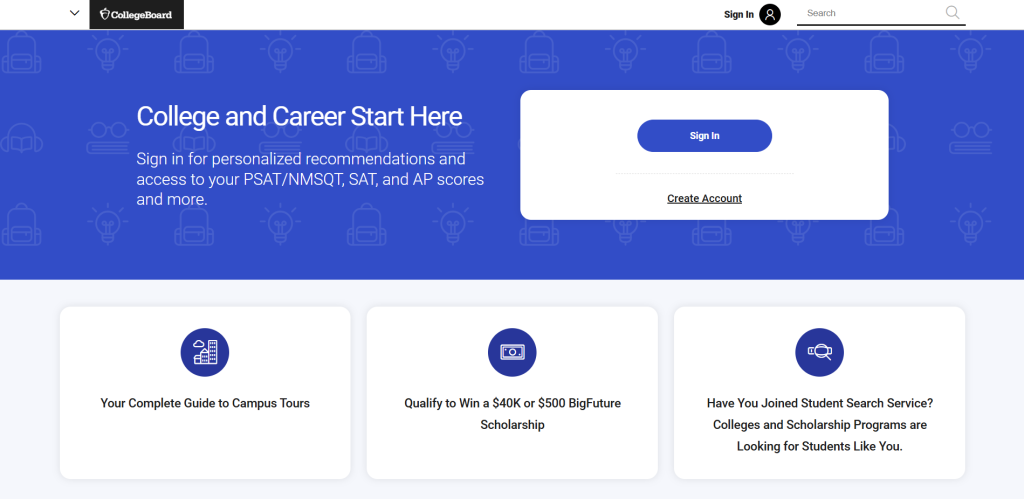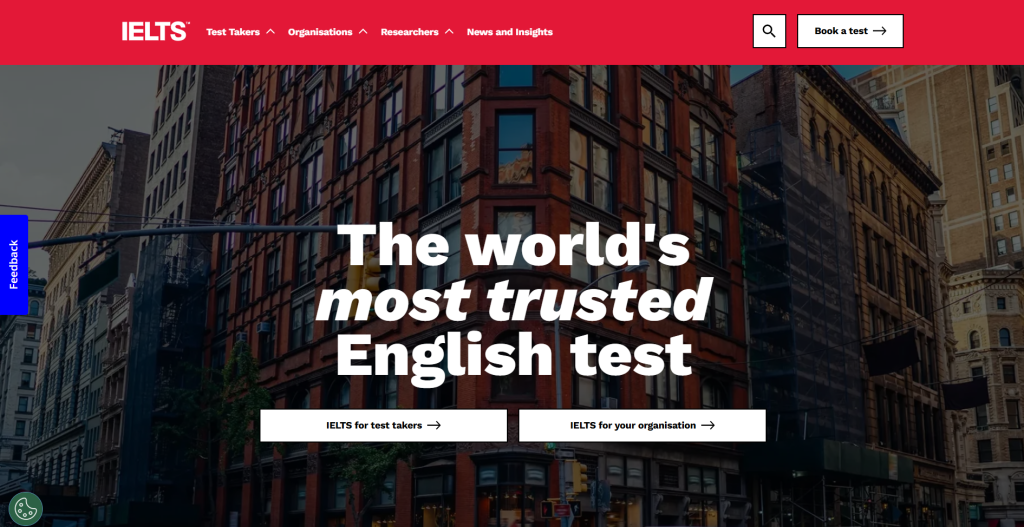
Complete Guide to Studying in the U.S.: From Choosing Schools to Getting a Visa
Studying in the United States is a dream for many international students. With world-renowned universities and diverse academic programs, the U.S. offers excellent educational opportunities. However, the application process can be complex. This guide covers everything from selecting schools to obtaining a visa.

1. Choosing the Right School
Selecting the right university is the first and most crucial step. Consider factors such as ranking, tuition, location, and available programs.
- Useful Resources:
- U.S. News & World Report (https://www.usnews.com/best-colleges) – Rankings of U.S. universities.
- College Board (https://www.collegeboard.org) – Search tools for finding colleges based on preferences.
- Key Factors to Consider:
- Academic programs and faculty.
- Scholarships and financial aid opportunities.
- Campus environment and student life.
2. Preparing for Standardized Tests
Most U.S. universities require standardized tests such as:
- TOEFL or IELTS – English proficiency tests.
- SAT or ACT – Required for undergraduate admissions.
- GRE or GMAT – Common for graduate programs.
- Where to Register:
- TOEFL: https://www.ets.org/toefl
- IELTS: https://www.ielts.org
- SAT: https://www.collegeboard.org
- GRE: https://www.ets.org/gre
3. Application Process
- Common Application Platforms:
- Common App (https://www.commonapp.org) – Used by many U.S. colleges.
- Coalition for College (https://www.coalitionforcollegeaccess.org) – Another popular platform.
- Application Components:
- Personal statement and essays.
- Letters of recommendation.
- Transcripts and test scores.
4. Financial Aid and Scholarships
Education in the U.S. can be expensive, but scholarships and financial aid options are available.
- Where to Search for Scholarships:
- Fastweb (https://www.fastweb.com) – A scholarship search engine.
- Scholarships.com (https://www.scholarships.com) – Another useful resource.
- Many universities also offer merit-based scholarships, so check individual school websites.
5. Student Visa Application (F-1 Visa)
Once accepted, you need to apply for an F-1 student visa.
- Visa Process:
- Receive Form I-20 from your university.
- Pay the SEVIS Fee (https://www.fmjfee.com).
- Fill out the DS-160 visa application (https://ceac.state.gov/ceac/).
- Schedule a visa interview at the U.S. Embassy.
- Attend the interview with required documents.
- Documents Needed for the Visa Interview:
- Passport
- Form I-20
- DS-160 confirmation page
- SEVIS fee receipt
- University acceptance letter
- Proof of financial support
6. Preparing for Arrival in the U.S.
Once your visa is approved, start preparing for your new life as an international student.
- Pre-Departure Checklist:
- Arrange housing (on-campus or off-campus).
- Purchase health insurance.
- Open a U.S. bank account upon arrival.
- Attend university orientation programs.

Final Tips
- Start the application process at least one year in advance.
- Double-check deadlines for each university.
- Prepare thoroughly for the visa interview.
- Stay updated on visa regulations through the U.S. Department of State (https://travel.state.gov).
With proper planning, studying in the U.S. can be a smooth and rewarding experience. Good luck!







